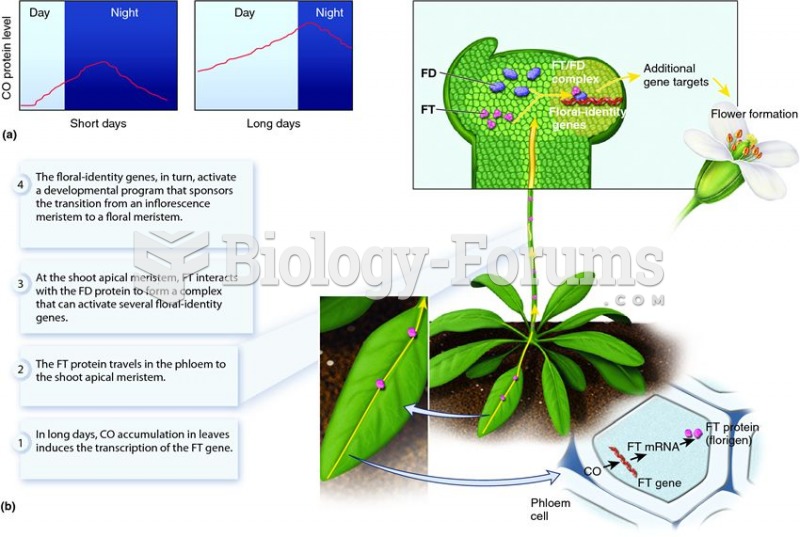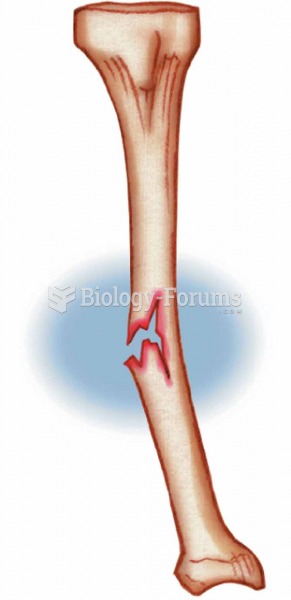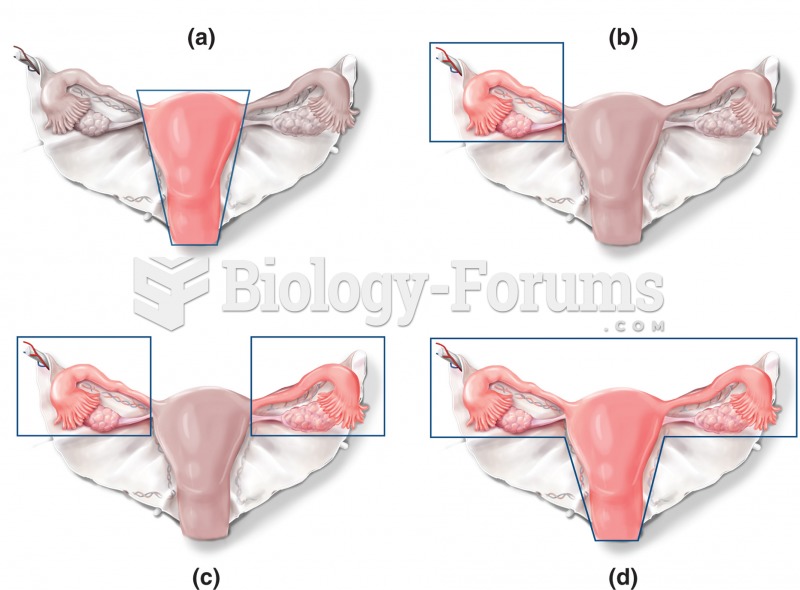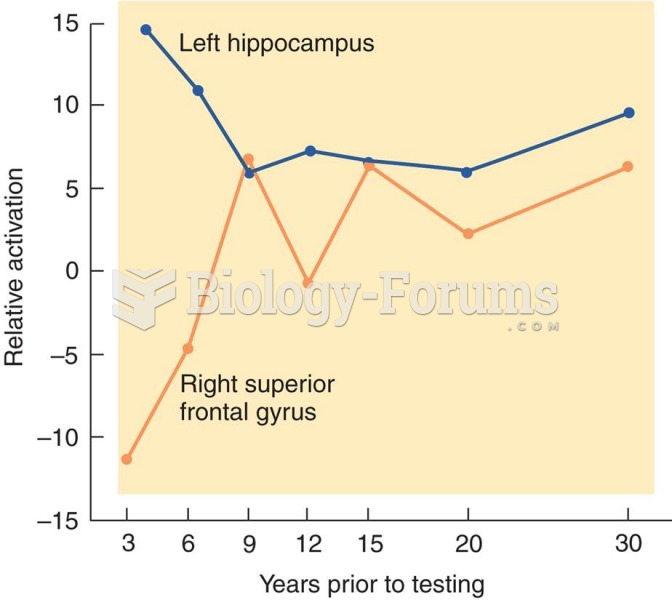Answer to Question 1
E
Answer to Question 2
There are three basic structural options for distribution in terms of the amount of market coverage and level of exclusivity between vendor and retailer: exclusive distribution, selective distribution, and intensive distribution.
Exclusive Distribution-Exclusive distribution is the most restrictive type of market coverage. Firms using this strategy give one merchant or outlet the sole right to sell a product within a defined geographic region. This channel structure is most commonly associated with prestige products, major industrial equipment, or with firms that attempt to give their products an exclusive or prestige image. Companies sometimes use exclusive distribution for specialty products and can be occasionally seen in shopping goods like furniture or clothing. Firms that pursue exclusive distribution usually target a single, well-defined market segment. Buyers in this segment must be willing and able to search or travel to buy the product, and will typically do so given the prestige or exclusivity of the product or brand. Exclusive distribution is a necessity in cases where the manufacturer demands a significant amount of input regarding the presentation of their products to buyers. This added control also allows the firm to influence pricing to a much greater degree than the other distribution options.
Selective Distribution-Firms using selective distribution give several merchants or outlets the right to sell a product in a defined geographic region. Selective distribution is desirable when customers need the opportunity to comparison shop, and after-sale services are important. This broad distribution coverage allows shoppers to collect information on competitive products, compare prices, shop at their favorite store, use a variety of means of payment, and get the product they want, even when one location is out of stock. Companies widely use selective distribution across many product categories, including clothing (Tommy Hilfiger), cosmetics (Clinique), electronics (Bose), and premium pet food (Science Diet). In each case, selective distribution allows the manufacturer to have more control over prices, product display, and selling techniques. Companies carefully screen the image and selling practices of merchants and outlets to ensure that they match those of the manufacturer and its products.
Intensive Distribution-Intensive distribution makes a product available at the maximum number of merchants or outlets in each area to gain as much exposure and as many sales opportunities as possible. This distribution strategy is the option of choice for most consumer convenience goods, such as candy, soft drinks, over-the-counter drugs, or cigarettes; and with business office supplies like paper and toner cartridges. To gain this visibility and sales volume, the manufacturer must give up a good degree of control over pricing and product display. Given the sheer number of intensively distributed products, manufacturers often have difficulty convincing channel members, particularly retailers, to handle and stock another product that is distributed in the same manner. Firms that employ a mass marketing approach to segmentation often opt for an intensive distribution strategy. If customers cannot find one firm's products in a given location, they will simply substitute another brand to fill the need.







